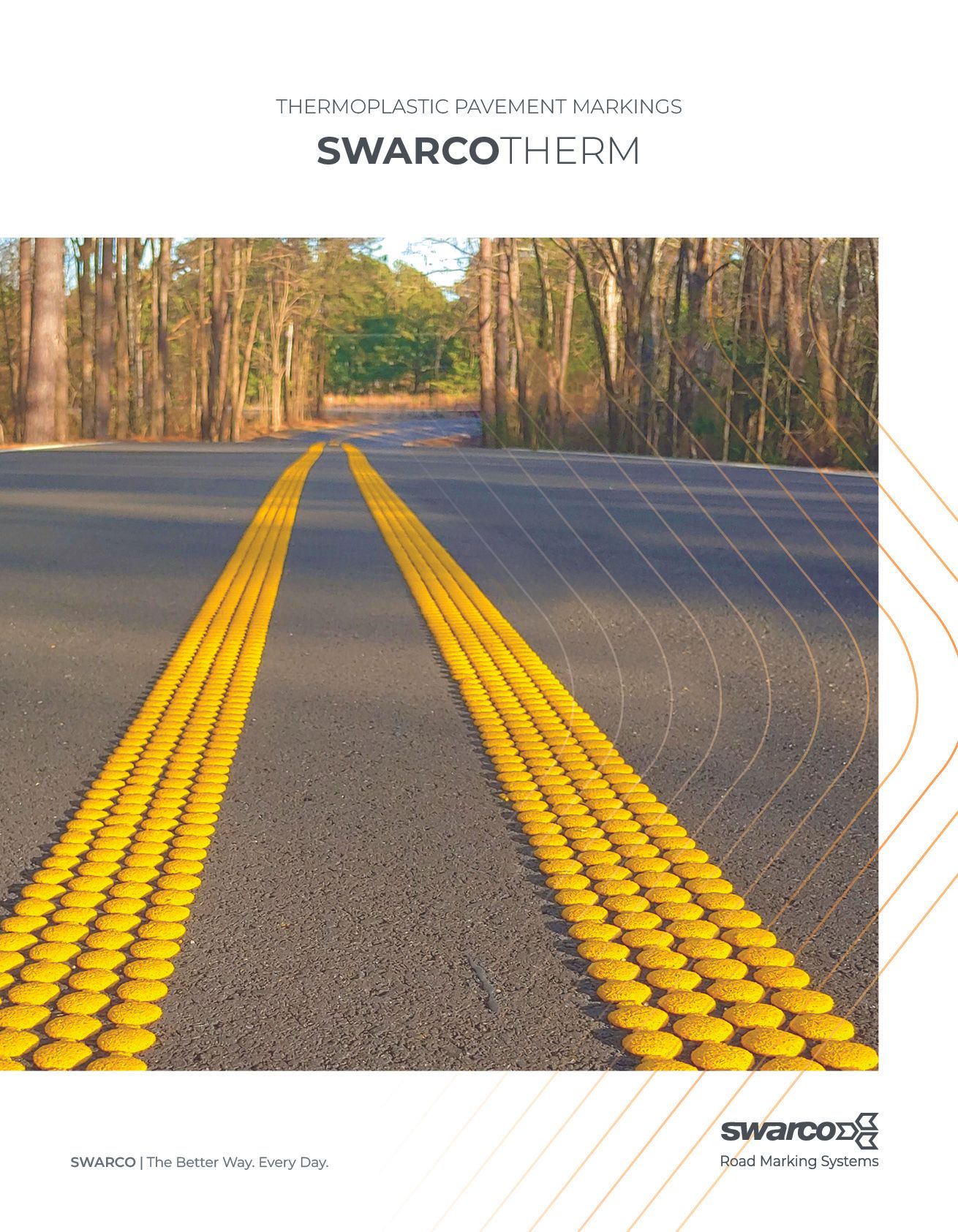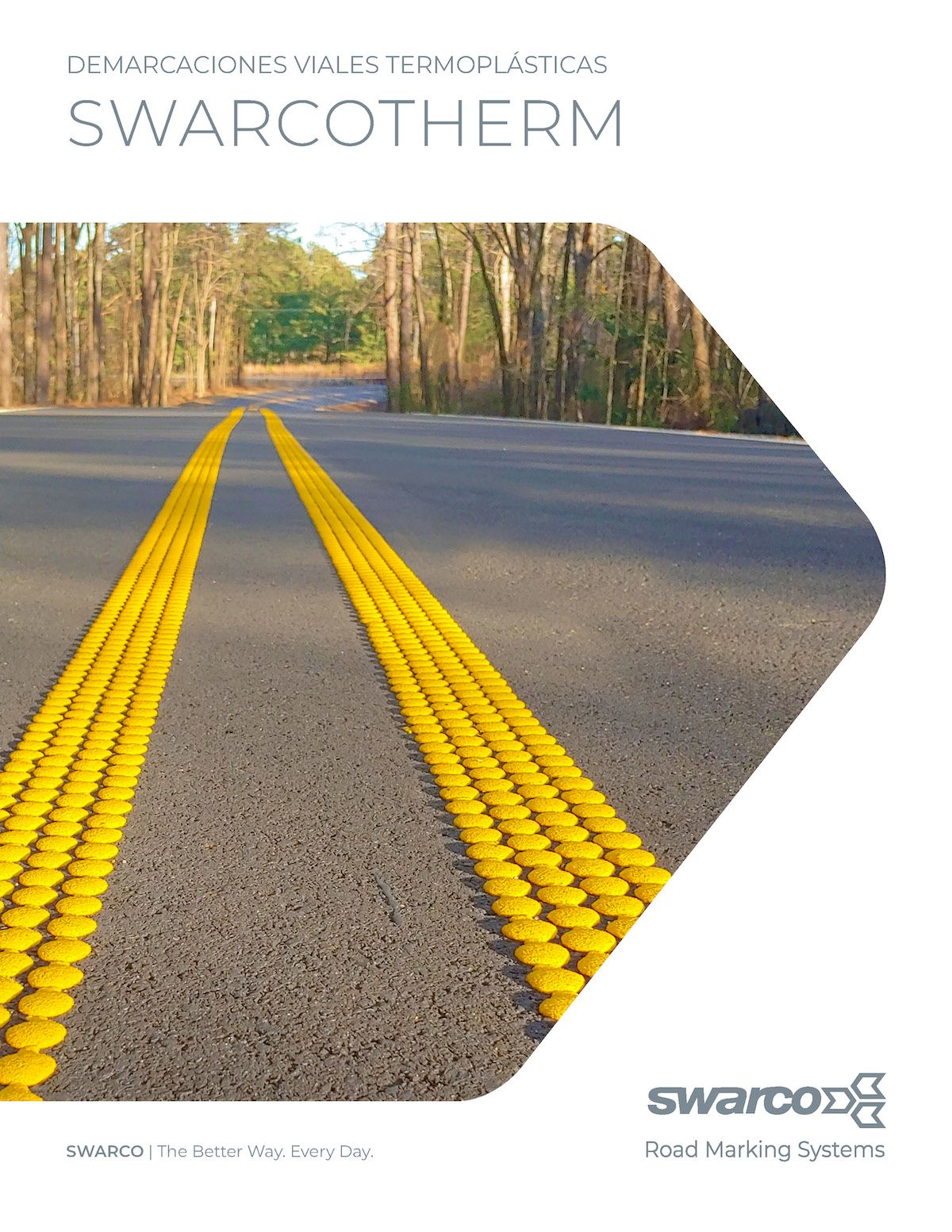Thermoplastic Systems
High Performance Road Markings
Thermoplastic Pavement Marking Compounds have been used extensively in the road marking industry since the 1950‘s
as a durable and economical pavement marking on the world‘s highways. It remains today the durable marking of choice
due to long term performance, cost benefit and a wide range of application techniques that improve motorist safety
and provide agencies a long term marking solution.
Today‘s formulations and application techniques have evolved to provide enhanced safety benefits to the motoring public
which include improved wet-night reflective solutions, audible profile solutions and economical thin-line spray solutions.
Types of Thermoplastic
Hydrocarbon
Hydrocarbon thermoplastic pavement markings are made from petroleum derived resins which provide heat stability and ideal application properties. Hydrocarbon based markings are ideal for any centerline, edge-line and skip-line applications with superior performance on both asphalt & concrete.
Alkyd
Alkyd thermoplastic contains a naturally occurring resin that is resistant to petroleum products making them ideal for inner city markings and other high traffic areas where oil drippings are common. Along with being a great product for intersection markings such as crosswalks, legends & symbols, Alkyd thermoplastic is also ideal for centerline, edge-line and skip-line markings.
Rosin Ester
(not available in the US)
Rosin Ester thermoplastic markings are made from bio-based resins which provide excellent levels of performance while also offering significant reductions in CO2. This is achieved through using a large proportion of the binder being bio-based. Our rosin ester thermoplastic road markings are ideal for a vast range of road marking schemes, such as highways and national roads.
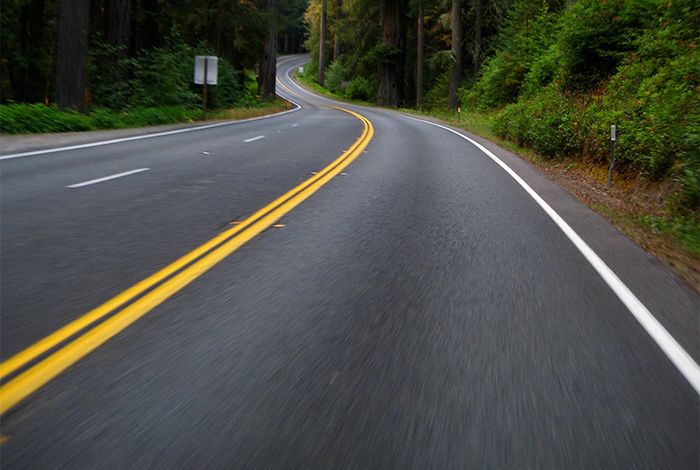
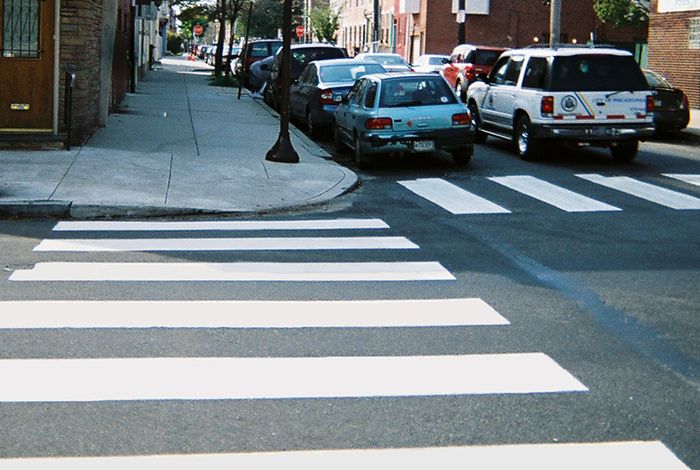
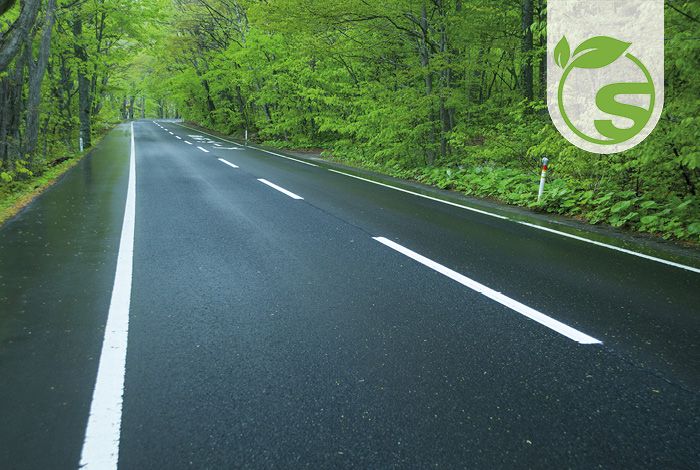
Application Methods
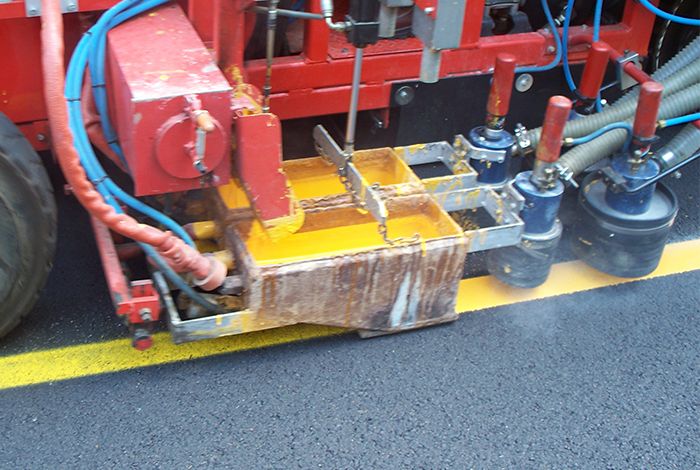



Screed
Thermoplastic material is forced through a dispensing shoe that rides directly on the road surface. A continuous line is formed by a three sided die with a control gate set to a pre-determined thickness.
Ribbon
This method of application involves using a gun that rides just above the pavement surface. Material is forced through the die and from there it flows onto the pavement.
Spray
Spraying combines air and hot thermoplastic under pressure depositing it onto the pavement through a nozzle. The primary advantage is that striping can occur at higher speeds.
Profile
Thermoplastic markings are constructed with an alternating elevated and recessed profile which provide nighttime retroreflectivity under wet conditions, and in cases where the profiles are large enough, a rumble effect can be felt when driving over the markings.
Application of Thermoplastic

